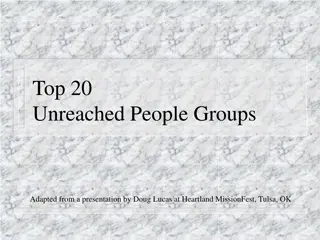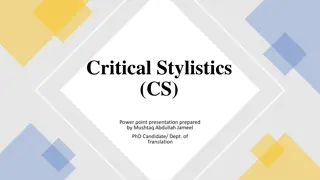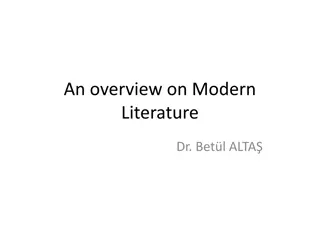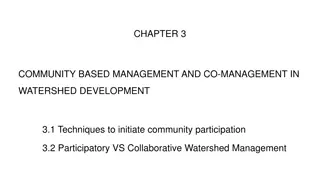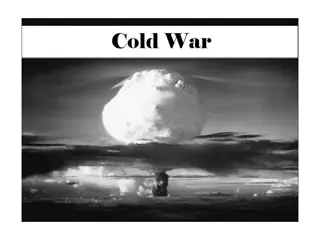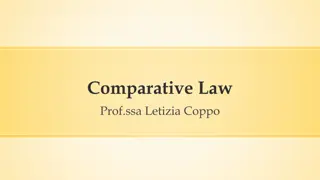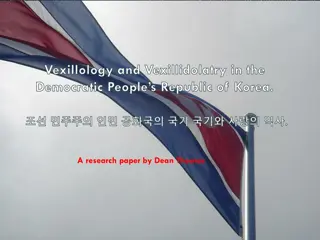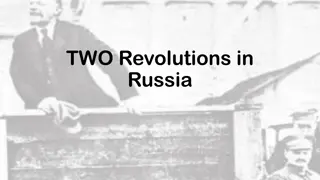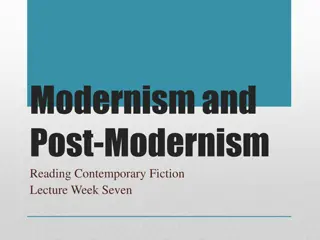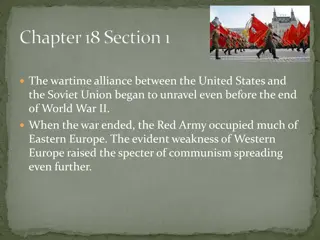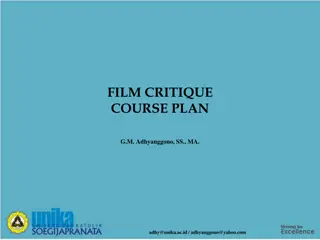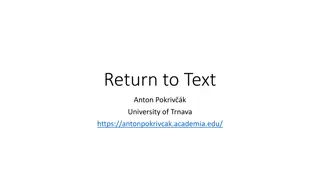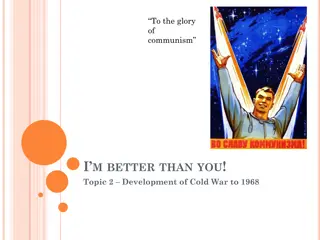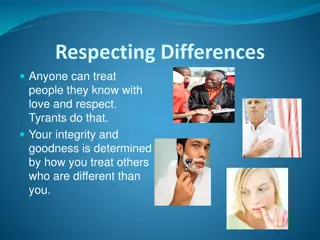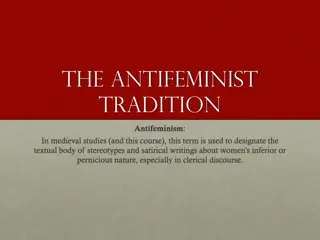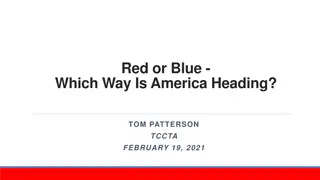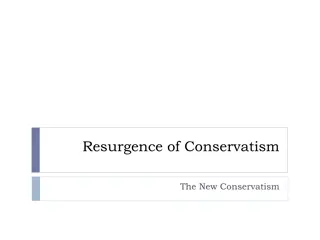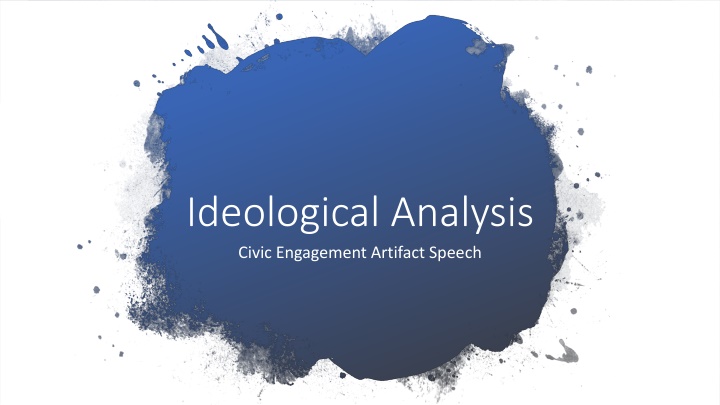
Analysis of Ideological Artifacts in Civic Engagement Speech
Delve into the ideological analysis of civic engagement artifacts in a speech, exploring commonplaces, ideology, and rhetorical adaptations within unique contexts. Understand the role of beliefs in shaping cultural consensus, and examine how arguments are constructed in the absence of complete factual knowledge.
Uploaded on | 0 Views
Download Presentation

Please find below an Image/Link to download the presentation.
The content on the website is provided AS IS for your information and personal use only. It may not be sold, licensed, or shared on other websites without obtaining consent from the author. If you encounter any issues during the download, it is possible that the publisher has removed the file from their server.
You are allowed to download the files provided on this website for personal or commercial use, subject to the condition that they are used lawfully. All files are the property of their respective owners.
The content on the website is provided AS IS for your information and personal use only. It may not be sold, licensed, or shared on other websites without obtaining consent from the author.
E N D
Presentation Transcript
Ideological Analysis Civic Engagement Artifact Speech
Neo-Aristotelean Close Textual Genre Fantasy Theme Ideological Feminist Second Persona Rhetorical Situation Narrative Burkean
Neo-Aristotelean (ethos, pathos, logos) Close Textual Genre Fantasy Theme Ideological Feminist Second Persona Rhetorical Situation Narrative Burkean
Textual Contextual
Civic Engagement Artifact Speech Rhetorical Analysis Essay 3:00to 4:30 extemporaneous speech 1200 to ~1600 words, but certainly no more than 1800 words Provides visual depiction of artifact, when possible: either image of artifact on PPT slide with black background, or <30 seconds of video, or screenshots of video. 1.25 margins, double-spaced, with a clear and specific title. It s permissible to include images in the text, with citation. Ideological analysis Analysis of the Rhetorical Situation Explains how the requested response is civic in nature. Explains how commonplaces and ideology are displayed in the artifact. Explains how these two elements interact. Compares and contrasts the rhetorical adaptations of the artifacts to their unique contexts, such as audience, constraints, and exigence. Attends primarily to textual details of the artifact, although knowledge of the rhetorical situation (context) is also needed. Attends primarily to the rhetorical contexts for the artifacts, using observations about textual details to support your argument.
Ideology is 1 2 a coherent set of beliefs that people use to understand events and the behavior of other people [the] group of intertwining beliefs that makes possible certain kinds of cultural consensus or knowledge (Crowley and Hawhee, Ancient Rhetorics, p. 34) (Nealon and Giroux, Theory Toolbox, p. 97)
What is ideological analysis? 1. Examining how we make arguments in the absence of complete factual knowledge e.g., someone s pet theories
What is ideological analysis? 1. Examining how we make arguments in the absence of complete factual knowledge e.g., someone s pet theories Teen crime due to bad parenting, popular media, declining values, vs. mere economics
What is ideological analysis? 1. Examining how we make arguments in the absence of complete factual knowledge e.g., someone s pet theories Teen crime due to bad parenting, popular media, declining values, vs. mere economics 2. Examining the framework of accepted ideas
So, is is this a request for civic engagement?
So, is is this a request for civic engagement?
Building Community Expressing ID and Belief Advocating Policy Motivating Action What can we say about its civicness ?
What are the key commonplaces?
Men initiate in relationships Babies should be born in stable relationships (already parents) Procreation is good (contra adoption) What are the key commonplaces?
SDU (Social Development Unit) Easy Link Card Common knowledge commonplaces
So how might we describe the ideology?
Children are the future Traditional gender roles The country s needs should factor into personal decisions (collectivism) So how might we describe the ideology?

